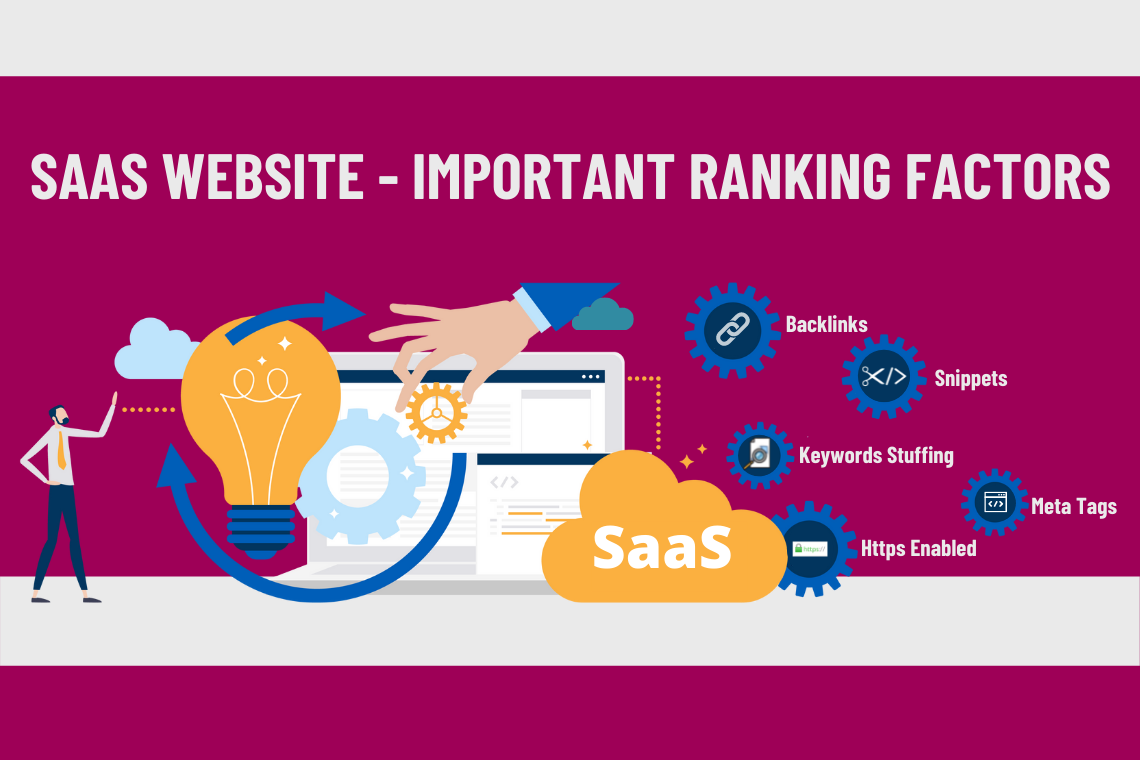
Does website redesigning affect its traffic or rankings?
Website design can have a significant influence on SEO rankings. When a user visits a website from SERPs and finds that the website is not appealing enough, they bounce away within a few seconds. In this case, the search engine assumes that the user’s query is not resolved by the visited page, and if this happens over a period of time for many users, the website’s ranking drastically drops as a result of poor user experience. However, this can be easily sorted out by redesigning your website.
A website redesign is a process of renovating your site, which includes refreshing layouts, enhancing site performance, and improving navigation for better conversions. There are various advantages and disadvantages when redesigning a website.

Below are some of them to be aware of before you start.
Advantages :
Easy navigation – Redesign if your existing website doesn’t include proper navigation. The ease of finding links will support the Google bots to easily crawl and index your pages.
Creative look – A fresh design using different fonts, colours, graphics, logo or image change makes your website eye-catching for users.
Compatibility – Equipping your website with the latest tools, browsers, and making it mobile-friendly will lead to the improvement of organic traffic.
Accessibility – Improved connectivity, upgraded server, faster uploading and browsing speed makes the site easily accessible.
Disadvantages:
When redesigning a website, the page URLs will often alter and you need to make search engines aware of this change.
It takes time for the frequent visitors to comprehend and discover using the new look.
Redesigning involves a significant change in elements like URLs, code, structure, and content of your current website.
A great website redesign will significantly improve your SEO rankings. However, if you already host a good website and your pages rank well for certain search keywords, redesigning might negatively impact your website’s SEO rankings if you don’t do it properly. Therefore, let’s check the various factors that may affect SEO and the proper way to redesign to preserve your SEO rankings.
#1. Meta tags and header tags are an important part of on-page SEO. While migrating the meta tags like title, meta description, page title, etc make sure they are the same as your old website.
#2. Set up 301 and 302 redirects. After the redesign process, the pages of your website will have different URLs. Hence, you must inform the search engines about URL changes. It is the preferred way of implementing redirects on your new site so that users enjoy a smooth experience.
#3. Whether you update to HTTPS or migrate to another CMS, review the elements like website’s backlinks, sitemap, internal linking, URL structure, etc. to see if they are technically aligned or not. Also, you can audit whether all the SEO factors are perfect or not in the new design before replacing the old design.
#4. It is always better to start redesigning on a temporary or subdomain than on the existing website.
#5. Minimize changes to high-quality ranking content while revamping your website. Make sure you export these crucial components to the new website.
Google’s John Mueller states that if these essential factors are unaligned and not redirected properly to the new website, then Google will start over-crawling and indexing it as a new website because it perceives it as a completely different website. Therefore, this will negatively impact your rankings.
CONCLUSION
A good website that is up to date with the latest services will draw in more customers and increased sales. Redesigning your website to be more user-friendly will improve your SEO rankings if properly done. Make sure you follow these best practices to maintain your SEO positions.
To watch the latest Google SEO Office Hours, please check out the video below:

Durga
About The Author…
Durga has a master’s degree in engineering. Technological advances in digital space interest her a lot. Digital marketing is her forte and she passionately follows latest trends in the digital marketing space. She has written many trending articles on various social media platforms. Her areas of interest include SEO Optimization, structured data, SMM, Keywords research and analysis etc. She is focused, resourceful and dedicated.











